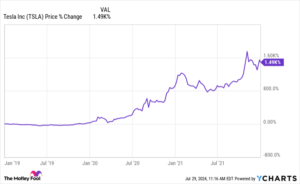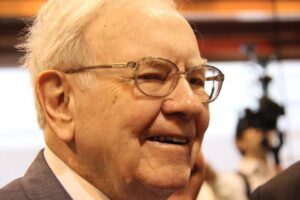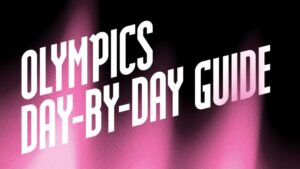7 charts that make the case for a Fed rate cut in September
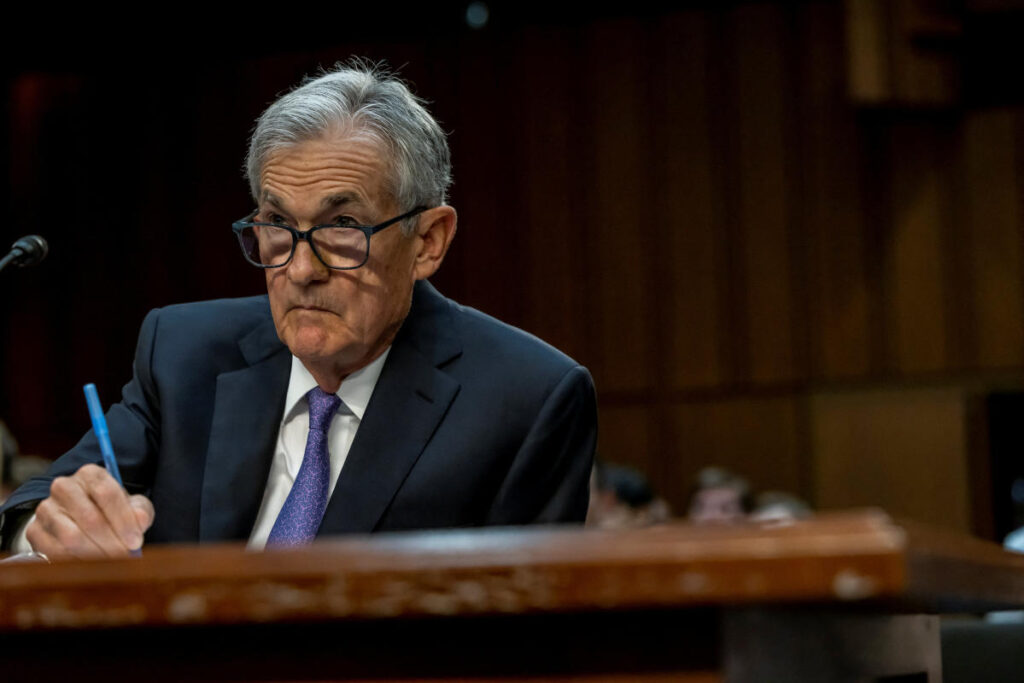
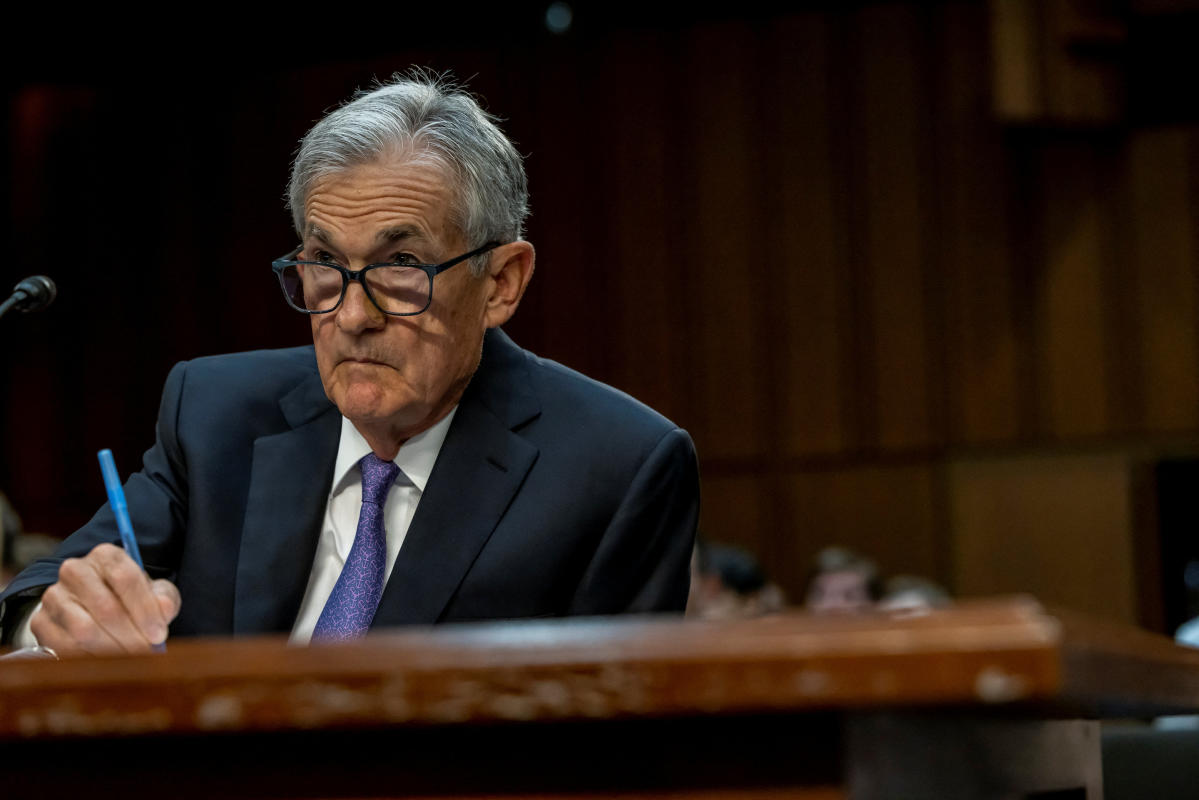
The Federal Reserve’s latest monetary policy decision will be announced next Wednesday. Markets largely expect the Fed to hold rates steady at its July meeting before eventually cutting in September as the case for easing policy mounts.
Inflation has shown signs of slowing in recent months. In June, the core Personal Consumption Expenditures (PCE) index, which strips out the cost of food and energy and is closely watched by the Federal Reserve, rose 2.6% over the prior year, its lowest annual increase in more than three years. Separate data for the month showed a significant decrease in another inflation metric, the Consumer Price Index (CPI).
Meanwhile, the labor market has shown signs of cooling. The ratio of job openings to unemployed workers is back at pre-pandemic levels, and last month, the unemployment rate hit its highest level since November 2021.
Seven charts in volume three of the recently published Yahoo Finance Chartbook make the case for the Fed to cut interest rates by the end of its September meeting.
The case for cutting rates
David Kelly, chief global strategist, JPMorgan Asset Management Market Insights Team
“Stubborn inflation during the first quarter dashed hopes for aggressive policy easing this year. That said, inflation remains below its June 2022 peak, and disinflationary momentum has regathered steam in recent months. In fact, headline inflation rose by just 3.0% y/y in June, well below the 3.5% pace recorded just three months prior.
“While food and energy prices have been well-behaved and core goods have been a steady source of disinflation, gains in shelter and auto insurance have remained elevated, prolonging inflation’s journey back to the Federal Reserve’s 2% target. However, with real-time data across both categories pointing to easing price pressures, inflation should continue its slow descent and return to 2% by the middle of next year. If, as expected, inflationary pressures ease through the summer, the Federal Reserve should feel comfortable cutting rates twice this year, delivering a first cut in September.”
Goldman Sachs economics team led by Jan Hatzius
“Contrary to the predictions of some prominent economists but consistent with our own work and that of Fed Governor Christopher Waller, the normalization of the US labor market over the last two years has occurred in a very benign fashion, with a large decline in the job openings rate and only a negligible increase in the unemployment rate. In the jargon of labor economics, we have moved down the steep post-pandemic Beveridge curve and are back to the flatter pre-pandemic Beveridge curve. This means we may be approaching an inflection point at which further softening in labor demand results in a bigger and much less welcome increase in unemployment.”
Brett Ryan, senior US economist, Deutsche Bank
“The most important chart — and the impetus for the change to our [call for a September rate cut] — is the latest rental inflation data from [this month’s] CPI release. The drop in primary rents and owners’ equivalent rents in the June CPI data is a ‘game changer’ and should meaningfully boost Fed officials’ confidence that inflation remains on a trajectory back to its 2% target. To be sure, the Fed will likely want to see a couple more prints to confirm the downshift, but historically, rents have been fairly sticky — i.e., when you have a shift in either direction from [a] prior trend, it tends to persist.”
Mark Zandi, chief economist, Moody’s Analytics
“Inflation, as measured by the harmonized consumer expenditure deflator, is firmly below the Federal Reserve’s 2% target. Harmonized inflation excludes the implicit cost of homeownership, also known as owners’ equivalent rent. Measuring OER is vexed in typical times but is intractable in current times given the upside-down housing market. It is understandable the Fed doesn’t want to change the inflation measure it is targeting at this time and risk its credibility, but Fed officials should call out harmonized inflation as critical to watch. By so doing, it will make it easier for the Fed to make the case that inflation is where it needs to be for them to do the right thing and lower interest rates.”
Gregory Daco, chief economist, EY
Given unfavorable year-on-year comparisons, PCE inflation is likely to hover around an ‘uncomfortable plateau’ around 2.6%-2.7% over the summer. While softer consumer spending growth due to increased pricing sensitivity, moderating wage growth, declining rent inflation, reduced markups, and stronger productivity growth will continue to provide a healthy disinflationary impulse, it’s not until September that inflation readings will fall below that uncomfortable plateau. We foresee headline and core PCE inflation ending the year around 2.5% [year over year].”
Michael Gapen, head of US economics, Bank of America Global Research
“We expect the contribution from fiscal [policy] to the growth rate of the US economy should moderate over time, down from the substantial contributions it made in the last six quarters. And, to a lesser degree, business spending should follow the same path. This is part of the reason we assume growth moderates and inflation decelerates.”
John Silvia, CEO and founder, Dynamic Economic Strategy
“The Fed, Powell, and others have cited these series as benchmarks for easier labor market conditions. These two series support the argument the Fed will ease in September.”
Click here to download YF Chartbook Vol. 3 (Open link in new tab on desktop)
Josh Schafer is a reporter for Yahoo Finance. Follow him on X @_joshschafer. Have thoughts on volume three of the Yahoo Finance Chartbook? Email him at [email protected]
Click here for in-depth analysis of the latest stock market news and events moving stock prices.
Read the latest financial and business news from Yahoo Finance

